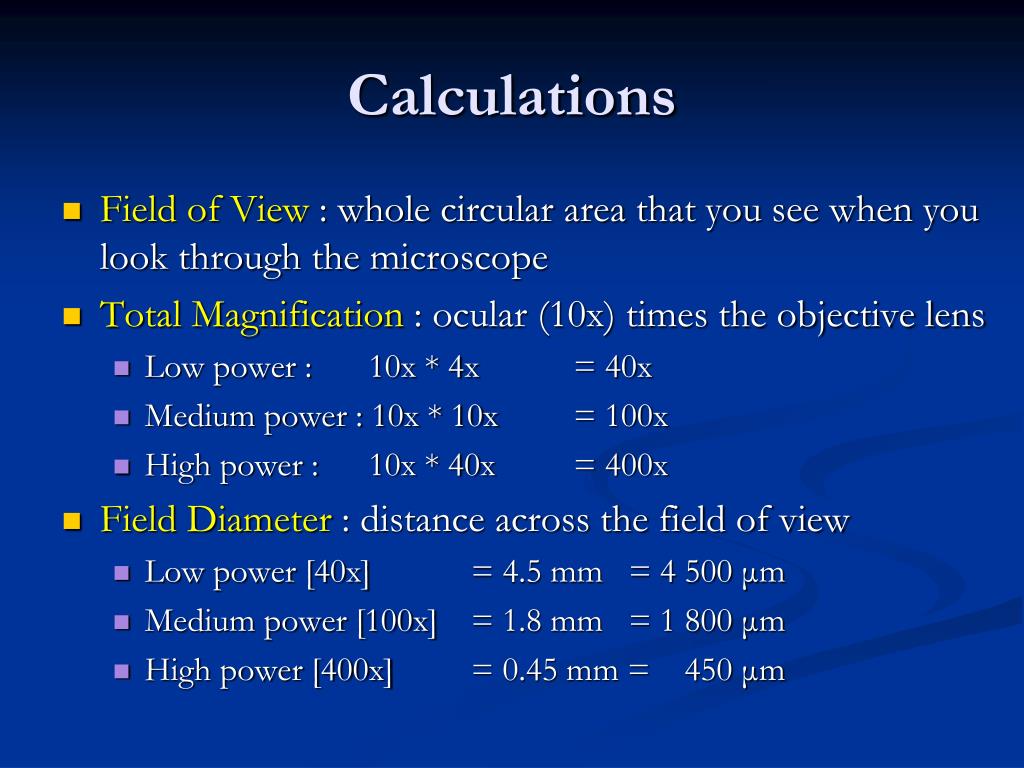

The high NA of the super apochromatic design makes them ideal for widefield imaging and light-starved environments. They are designed to provide diffraction-limited axial color performance over a wide field of view with no vignetting over the entire field. Thorlabs' super apochromat objectives feature axial color correction throughout the visible range. These objectives also work well for color photomicrography. In addition to being corrected for more wavelengths, plan fluorite objectives generally offer reduced aberrations between the design wavelengths relative to plan achromats. Plan fluorite objectives are corrected for chromatic aberrations at two to four wavelengths and spherical aberrations at three to four wavelengths. Plan fluorite objectives, also referred to as plan semi-apochromats, plan fluorescence objectives, or plan fluors, also produce a flat image across the field of view. In white light, the plan achromats give satisfactory images for color photomicrography, but the results are not as good as objectives that feature better correction, such as plan apochromats or the plan fluorite objectives below. Apochromat objectives have chromatic aberration correction for three to five wavelengths and spherical aberration correction at two to four wavelengths.

Plan achromats produce their best images for green light. These objectives have chromatic aberration correction for two wavelengths and spherical aberration correction at one wavelength. "Achromat" refers to the correction for chromatic aberration featured in the lens design. "Plan" designates that these objectives produce a flat image across the field of view. Plan Achromat and Plan Apochromat Objectives Note that if an immersion or dipping objective is used without the immersion medium present, the image quality will be very low. Water-immersion (coverslip) objectives are designed to work best with a drop of water between the objective and specimen, while water-dipping objectives are designed to interface directly with the specimen. Oil immersion is required in order to achieve numerical apertures greater than 1.0. Oil-immersion objectives require the use of a drop of immersion oil (such as MOIL-30) between and in contact with the front lens of the objective and the cover glass. Dry objectives are designed to work best with an air gap between the objective and the specimen. This designation refers to the medium that should be present between the front of the objective and the cover glass of the microscope slide. This guide describes the features and benefits of each type of objective. Thorlabs offers several types of objectives to meet a variety of experimental needs.


 0 kommentar(er)
0 kommentar(er)
